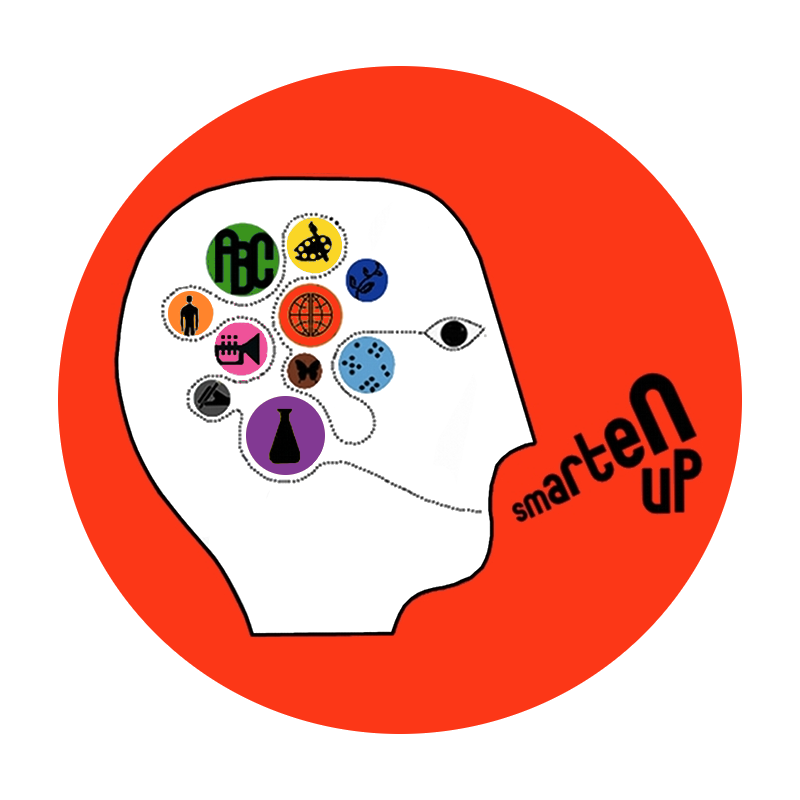For many of us, it is hard to appreciate the complexity of creating an effective schedule. We have an approximate idea of how long tasks should take given our life experience, we can intuit the best order in which to tackle the tasks on our to do list, and we know how to use scheduling tools to manage our time. Sure we sometimes procrastinate and avoid those tasks, which is only natural, but at least we know how to manage our time in order to know what our deadlines are and meet them.
In contrast, think of how hard it is for kids to develop those skills. For years and years their parents wake them up, help them get dressed and fed before dropping them off at school. Then, teachers take over and establish a set of activities for the school day with structured transitions from one class to the next. After that, those kids are picked up from school and helped through an afternoon of classes or playtime, before dinner, stories and bedtime. But then those young students transition to middle school, high school, and college (or they are quarantined at home thanks to a global pandemic!), and suddenly they have to take a lot more responsibility for managing their time and responsibilities, and they’re largely expected to magically know how.
We assume this transition to independence will be intuitive because children have had endless exposure to “scheduling” for so many years, and for some students the pieces do fall into place. For so many others, though, there is a lot more frustration and a frustrating learning curve. With that in mind, the guide below offers suggestions for how to support children as they learn to manage their time and responsibilities.
Write Things Down!
Our brain is really good at remembering a lot, but we rarely remember everything. Between homework assignments, planning for longer-term projects, after school activities, and the odds and ends that need to be brought back and forth, there is a lot for kids to remember in a day. Keeping track of those tasks in a consistent way in a notebook, or better yet using a tool like Google Keep or Google Tasks which can’t be misplaced as it lives on the cloud, means that it is at least a bit more difficult to simply “forget” about something that needs to be done, especially with the option to set reminders based on time or location! And it goes without saying, checking things off once they are completed is an important part of maintaining an effective to-do list, and this can be done on both Google applications.
Even better, Write Things Down in a Planner!
A daily to-do list is a good, but a daily, weekly, and monthly calendar is even more effective. Students can use Google Calendar or a paper planner to keep track of their classes and related assignments, to note after school activities or social plans, and to remember appointments with teachers or office hours. It seems intuitive, but all too often kids think knowing what they have to do is enough, so the idea of planning when to do it just isn’t important. I don’t think any of us would make the case that everything needs to be scheduled into a specific block of time, but noting a deadline on a calendar, and a plan of what to do each day to meet it is undeniably helpful to stay on track! By using Google Tasks and Google Keep alongside Google Calendar, all of these lists and deadlines can be easily noted on a shareable calendar that syncs across any and all devices, so it is always accessible.
Stick to a routine
Establishing as much regularity as possible with that schedule is also helpful. By sitting down to do work at approximately the same time of day, energy levels will be more predictable which makes it easier to approximate how long tasks will take, assuming a more or less consistent work load. And by completing that work in the same place each day (and no, that place should not be in bed or on a super comfy couch!), students can work more efficiently knowing they have the tools they need within easy reach, rather than always having to search the house for supplies. Routines are predictable, and for learning new skills and developing good habits, routine is key.
While this isn’t an exhaustive guide, it is a great place to start. All of these general concepts can also easily be applied to supporting younger students as well. If they can’t read, use pictures; if they can’t tell time, set alarms or have them cross out activities for the day as they are completed. If you need more guidance, reach out! We are always here to help.




